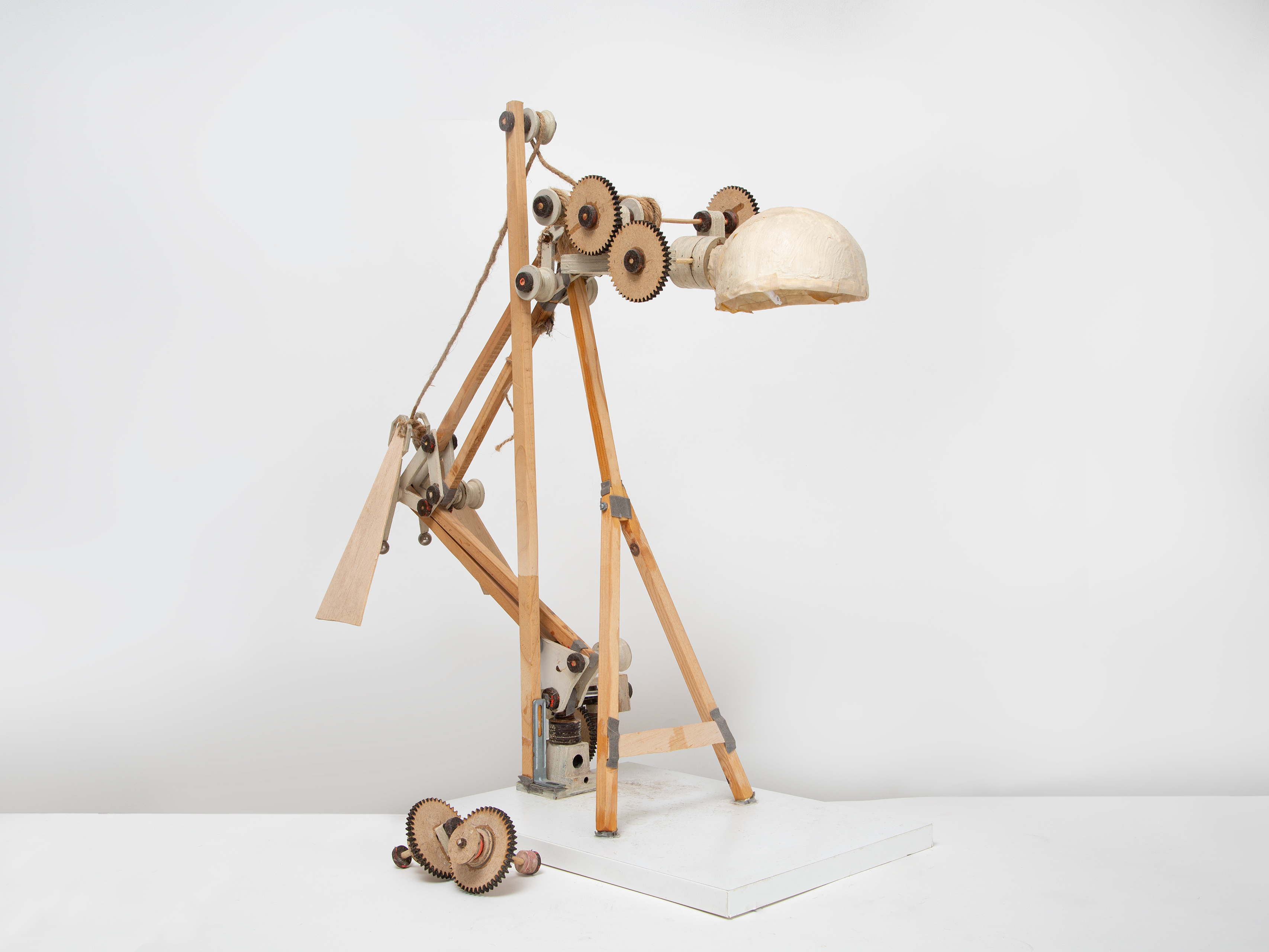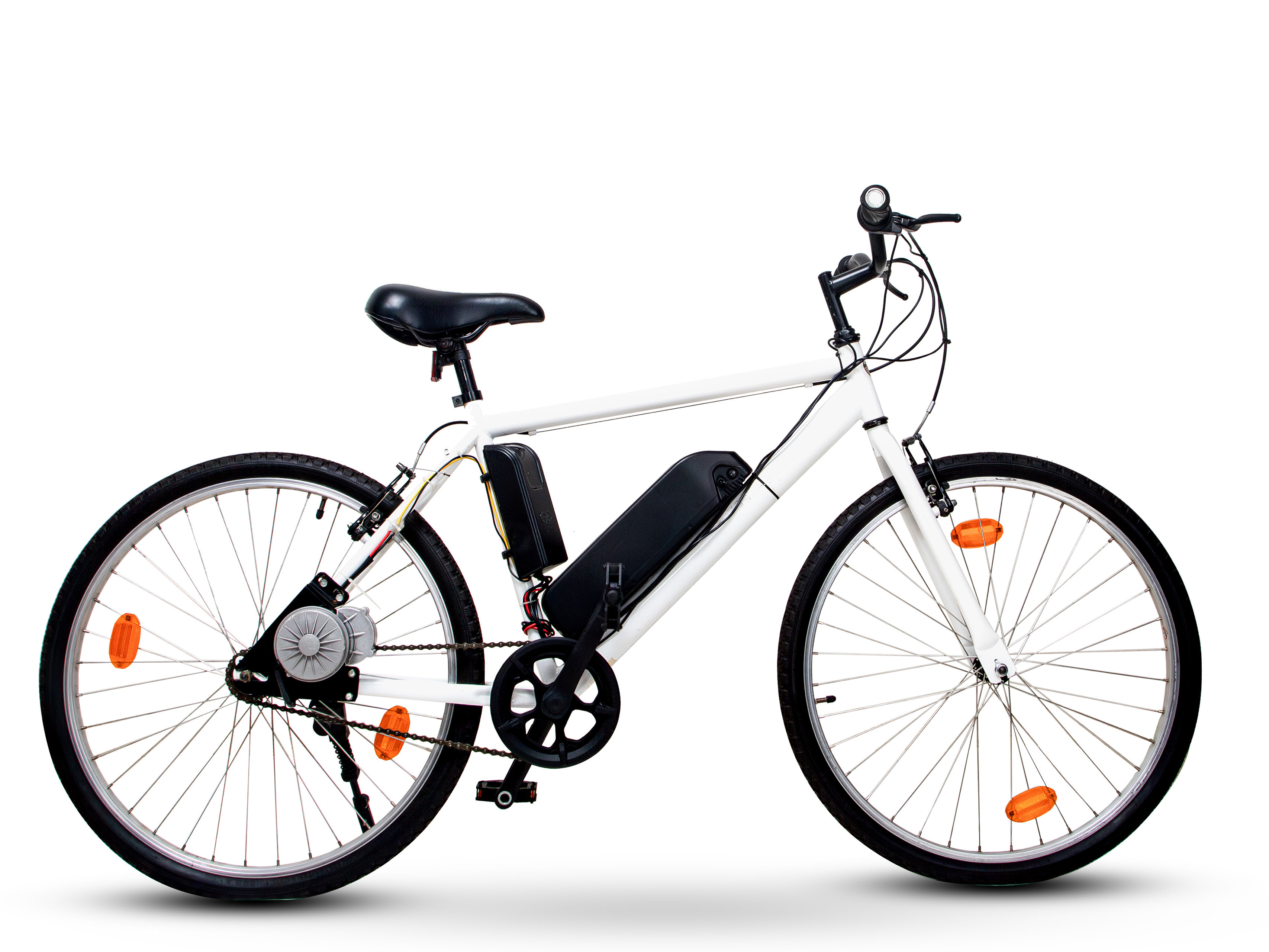PERIODIC TABLE PUZZLE
I designed and constructed a periodic table puzzle visually representing elements in a hexagon-based arrangement. This allows users to explore atomic relationships and periodic trends through a hands-on, interactive format. This approach aimed to make learning element positions, atomic numbers, and group associations more accessible and engaging. The puzzle emphasizes the periodic table's underlying structure by selecting a geometric layout conducive to clear visualization and spacing, ultimately supporting diverse learning styles and enhancing comprehension of chemical properties.
Planning and Geometric Configuration
The planning phase involved analyzing the periodic table’s organization—groups, periods, and transitions—and translating these relationships into a hexagonal tessellation. After considering multiple shapes, hexagons offered optimal edge connectivity and modular arrangement compromise. Starting from a central reference point and expanding outward in concentric rings ensured the puzzle could represent all elements within coherent sections. This process required balancing spatial efficiency with clarity, ensuring each piece was sized and shaped to convey element placement accurately.
Symbol Engraving and Color Coding
Once the hexagonal layout was finalized, each tile was designed to hold an engraved element symbol on clear acrylic, reinforcing aesthetic quality and durability. Colored rings on the baseboard guided proper tile placement, helping users recognize element sequences by atomic number. The combination of transparent acrylic and vibrant color cues heightened visual appeal. It facilitated quick pattern recognition, making tracking trends in atomic radii, electronegativity, or electronic configurations across periods and groups easier.
Fabrication and Assembly
Using laser cutting for precision, each hexagonal tile and the supporting baseboard were produced with consistent dimensions and minimal material waste. The puzzle was assembled by placing each tile according to the colored ring guides. The white frame and acrylic cover ensured structural stability and protected the engraved symbols from wear. Careful alignment and incremental fitting were essential throughout assembly to maintain accurate positioning and readability, resulting in a robust, visually coherent model of the periodic system.
The completed periodic table puzzle provides a tactile and visually appealing tool for exploring chemical elements and their interrelations. By transforming abstract tabular data into a spatial, hexagonal arrangement, the puzzle encourages an intuitive understanding of periodic trends. Future iterations may refine symbol engraving depth, introduce additional color coding for element families, or integrate supplementary annotations about element properties.
CUSTOM JIGSAW PUZZLE FOR INTER-SCHOOL EXHIBITION
I designed and produced a custom jigsaw puzzle featuring AI-generated portraits of students for a school expo. By presenting each puzzle as a unique visual narrative, I aimed to highlight the diversity of individuals. The project required careful image selection, shape design, and precise fabrication to ensure artistic appeal and educational value. By representing different personal attributes and backgrounds through distinct puzzle layouts, the final product served as a metaphor for how varied elements combine to form a cohesive whole.
AI Image Generation and Selection
I employed AI-based generation tools and fine-tuning prompts to obtain portrait images and create a representative set of students with varied attributes. This process was iterative and occasionally time-consuming, demanding refined, prompt engineering skills. Collaborating with peers ensured that ethical considerations were respected and that the imagery inclusively depicted gender and cultural diversity. These efforts provided a versatile image bank to be integrated into each puzzle’s shape.
Puzzle Shape Design and Layout
Experimentation with geometric forms—from hexagons to circles—informed the puzzle’s final shapes. Not all forms allowed stable interlocking pieces or adequate surface area for clear image representation. By testing multiple prototypes, I identified the configurations that balanced aesthetic uniqueness with assembly feasibility. The chosen designs allowed the intuitive placement of images, ensuring that each puzzle piece resonated with the selected portrait and conveyed the intended visual narrative.
Assembly and Fabrication Techniques
After overlaying the chosen images onto the puzzle layouts, I printed and adhered them onto laser-cut sheets. A laser cutter ensured consistent accuracy, clean edges, and tight tolerances, preserving image quality and structural integrity. Close coordination during the cutting and finishing stages minimized errors and ensured the final puzzle pieces were durable and neatly finished.
After overlaying the chosen images onto the puzzle layouts, I printed and adhered them onto laser-cut sheets. A laser cutter ensured consistent accuracy, clean edges, and tight tolerances, preserving image quality and structural integrity. Close coordination during the cutting and finishing stages minimized errors and ensured the final puzzle pieces were durable and neatly finished.
The custom jigsaw puzzle project integrated image generation, shape design, and precision fabrication to produce an educational and visually compelling exhibit piece. Each puzzle effectively conveyed diversity and inclusivity through iterative adjustments and collaborative input while maintaining technical rigor and aesthetic appeal. This experience honed my skills in prompt engineering, geometric planning, and digital fabrication—capabilities that can enhance future projects that blend creativity, ethics, and global-mindedness in educational design.









